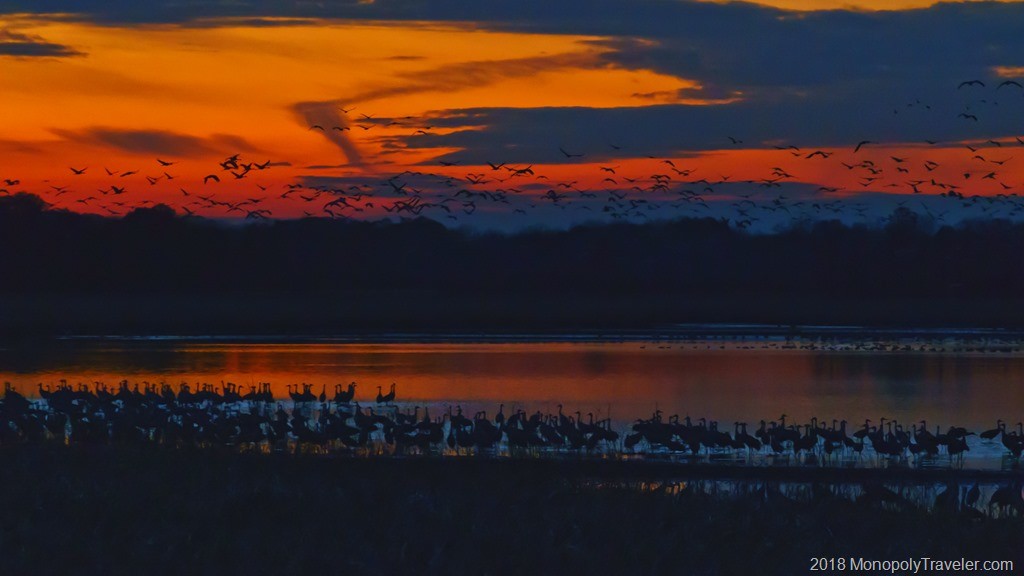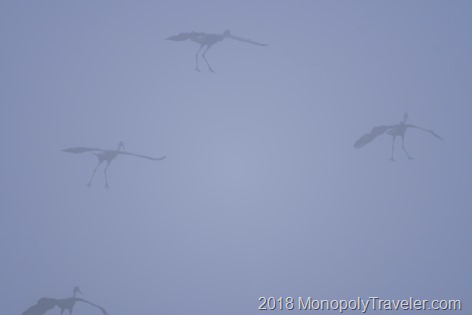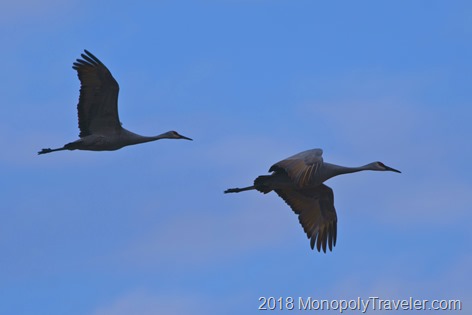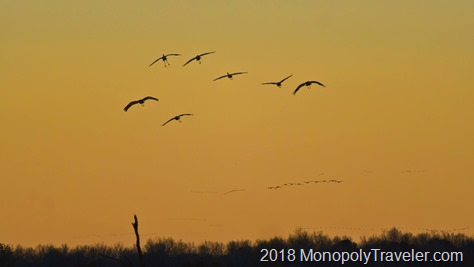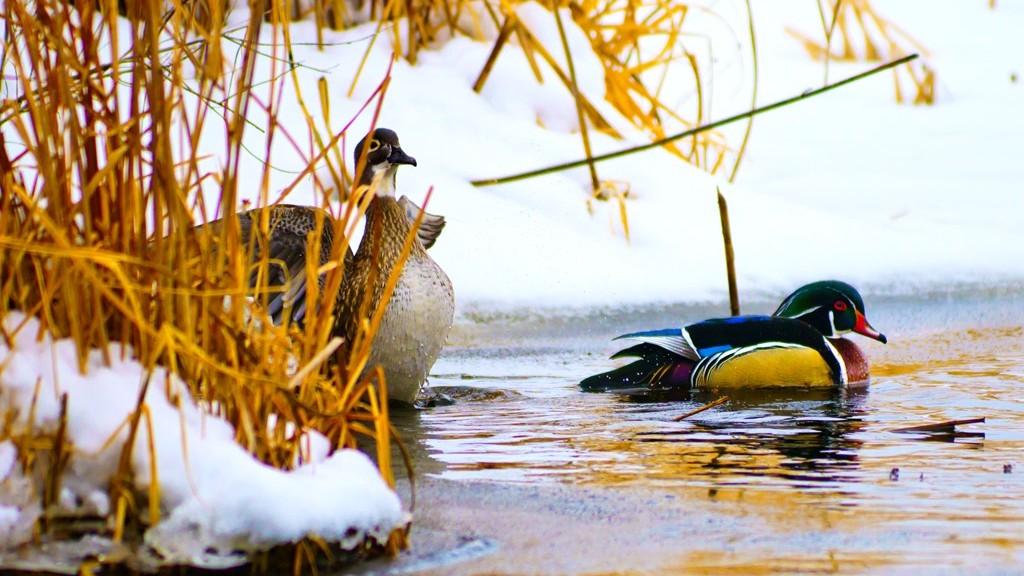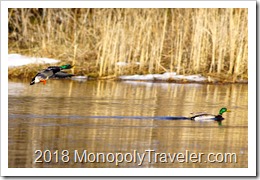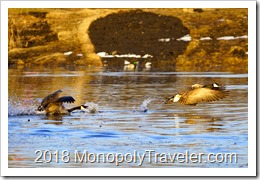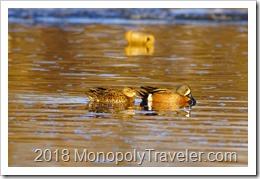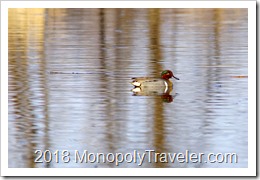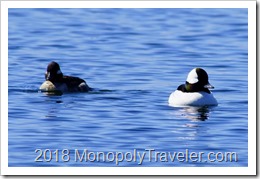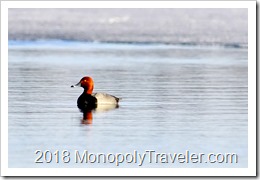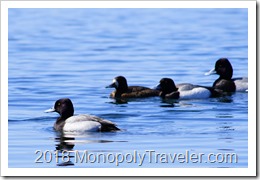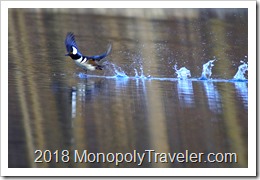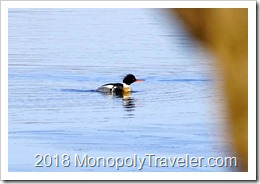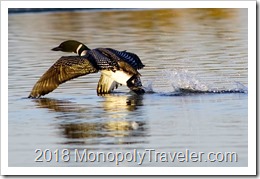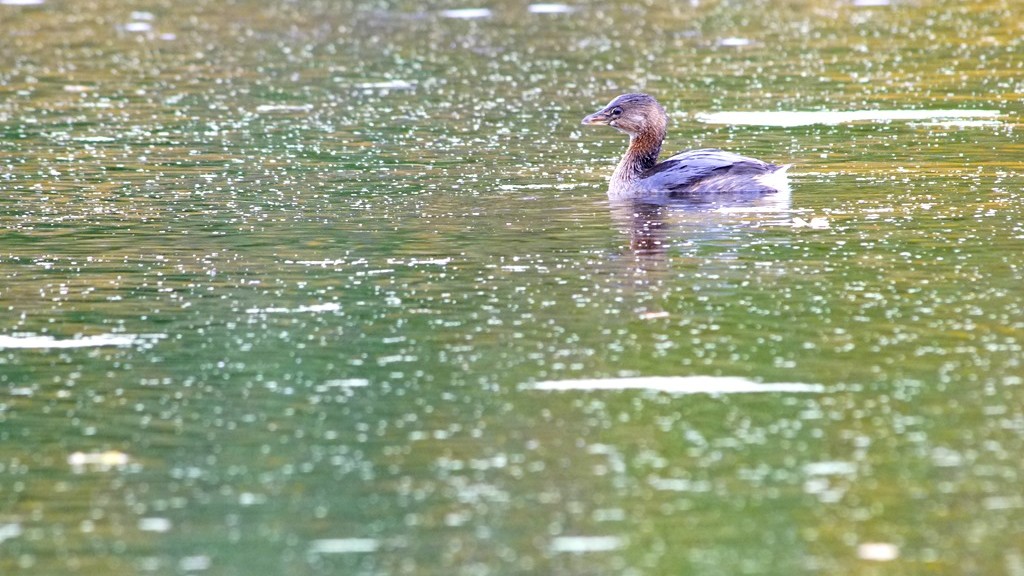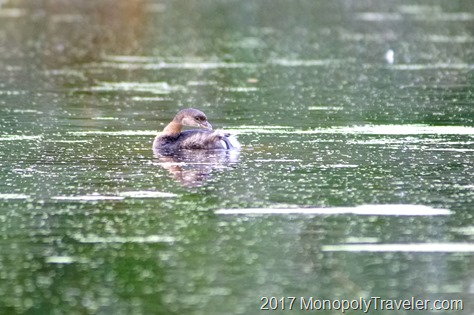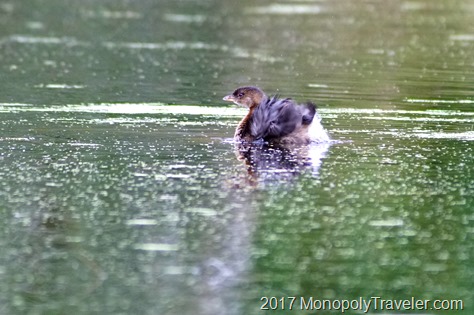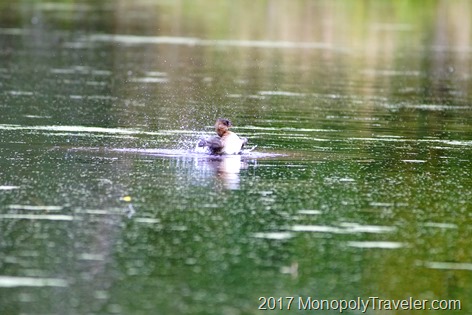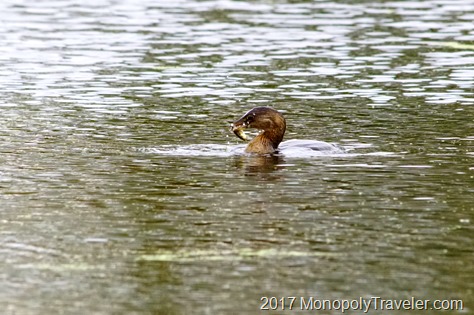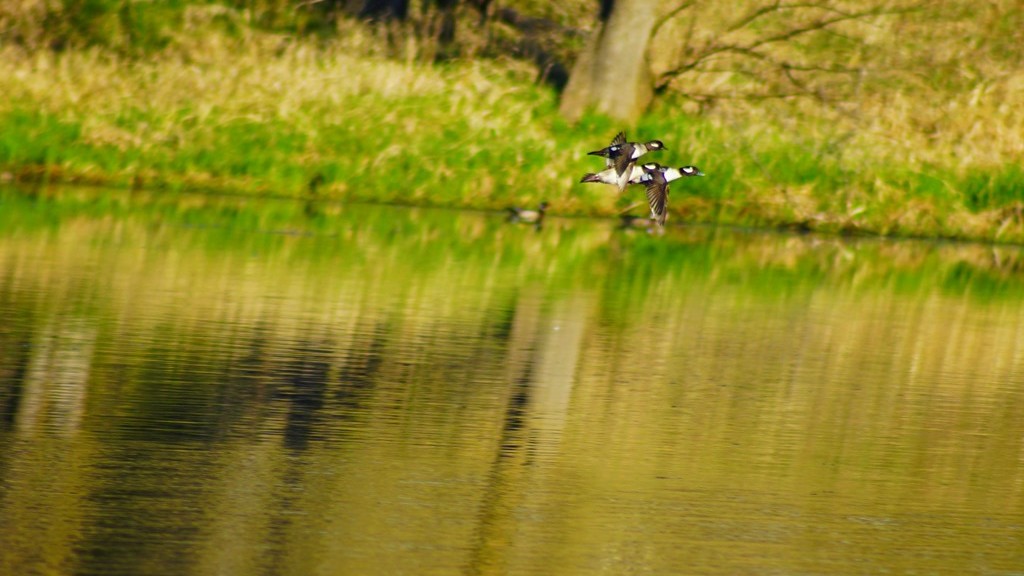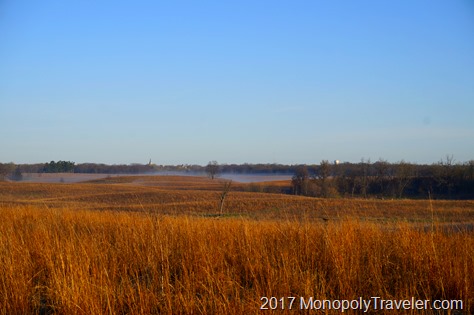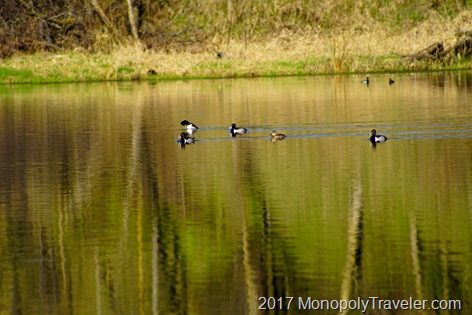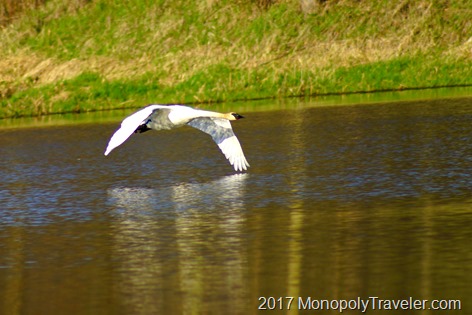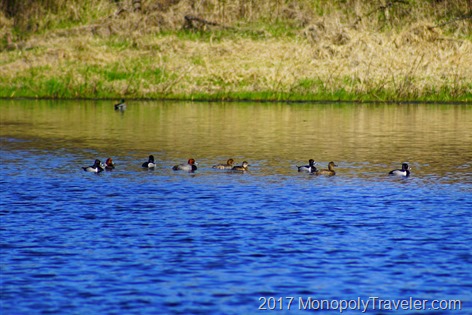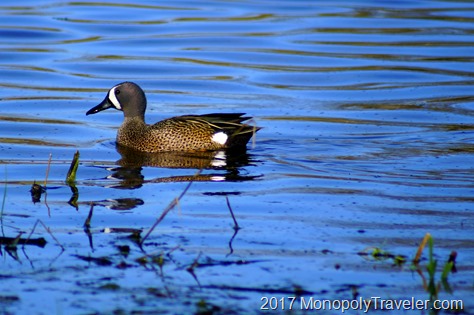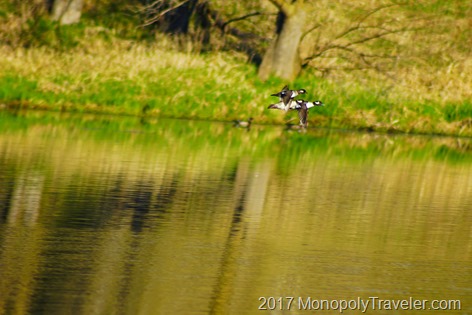During the recent sandhill crane migration I had the opportunity to photograph them throughout the day flying away from their roost in the morning, feeding in nearby cornfields, and then returning at night. The day started off hours before sunrise to find just the right place to watch and take pictures from. The problem was where exactly was this spot? I hadn’t been to this area before and all I had was a map indicating a parking place to watch sandhill cranes. Fortunately there was another adventurer with me who had been in the area and had a bit of an idea of at least where the parking spot would be. We found the parking space which was filled with several other vehicles. This must be the place and there appeared to be a trail so all we had to do was follow that to the cranes right? As it turned out all of those other vehicles were hunters and were off in the woods already. And the trail? It definitely didn’t lead to the cranes.
Being dark out we followed the trail by flashlight and thought it was the right direction as we could hear thousands of sandhill cranes calling and we seemed to be getting closer. After some time on the trail, in the dark, we began to hear squishing sounds only to point the flashlight down and realize where walking through swamps. Every direction we turned to get out of the water led to more water but the cranes sounds really close so we kept trudging through. By this time daylight was beginning to show but there still was not much light as a heavy fog enveloped the area making it difficult to see far enough to know which direction to go. Finally I took out my phone and brought up a satellite map to see what to do next. Our hope of seeing the cranes near their roosting sight disappeared as the realization of needing to head back the way we came took over because there was nothing but more and more water ahead of us. Feeling a little defeated we made our way back to the car to see what we should do next with all of this fog.
Acres and acres of corn fields surrounded Sherburne National Wildlife Refuge which is where we were hoping to catch a glimpse of the thousands of cranes that stop on their migration south next. But the fog made it nearly impossible to see much and had no indication of disappearing anytime soon. We decided to try driving around some of the area farms and see if there’s anything to look at. Have any of the cranes made their way to the fields yet? After driving for a little while just ahead of us we caught a glimpse of a flock of cranes flying towards corn fields. That was all the encouragement we needed to continue our search. It took a little more time but eventually there was a field with several sandhill cranes feasting away. Pulling off of the road we grabbed cameras and began taking shot after shot as more and more cranes continue to land in this field. Hundreds of them showed up as the fog finally decided to relent revealing more cranes than I could have imagined all looking for food so they can continue their migration.
Over the next 45 minutes or so cranes came in and left again until all of them had moved on to other fields. Back in the car in search of other crane covered corn fields. This went on for the next couple of hours until the need for food became to great a distraction from watching and photographing cranes. After a nice stop to re-fuel, the rest of the afternoon was spent exploring Sherburne which has several trails and numerous service roads which can be hiked for a portion of the year. Eventually the sunlight began dimming and it was time to return to a crane viewing area for the evening barrage of cranes coming in to roost.
Getting back to the parking area for sandhill crane viewing there were once again several cars but this time also several people just standing and watching or photographing as the cranes flew overhead. Finally some confirmation that the point is to watch the cranes from this parking place. We were informed many flocks of cranes have already passed by and it was unknown how many more would still be coming. A few minutes later answered that question as one flock after another continued to fly overhead in route to their evening resting place. Hundreds and hundreds kept going over calling to one another along the way. It was an amazing sight to see and hear thousands of cranes converging into one area. Overall they estimated over 11,000 cranes at the refuge this year.

